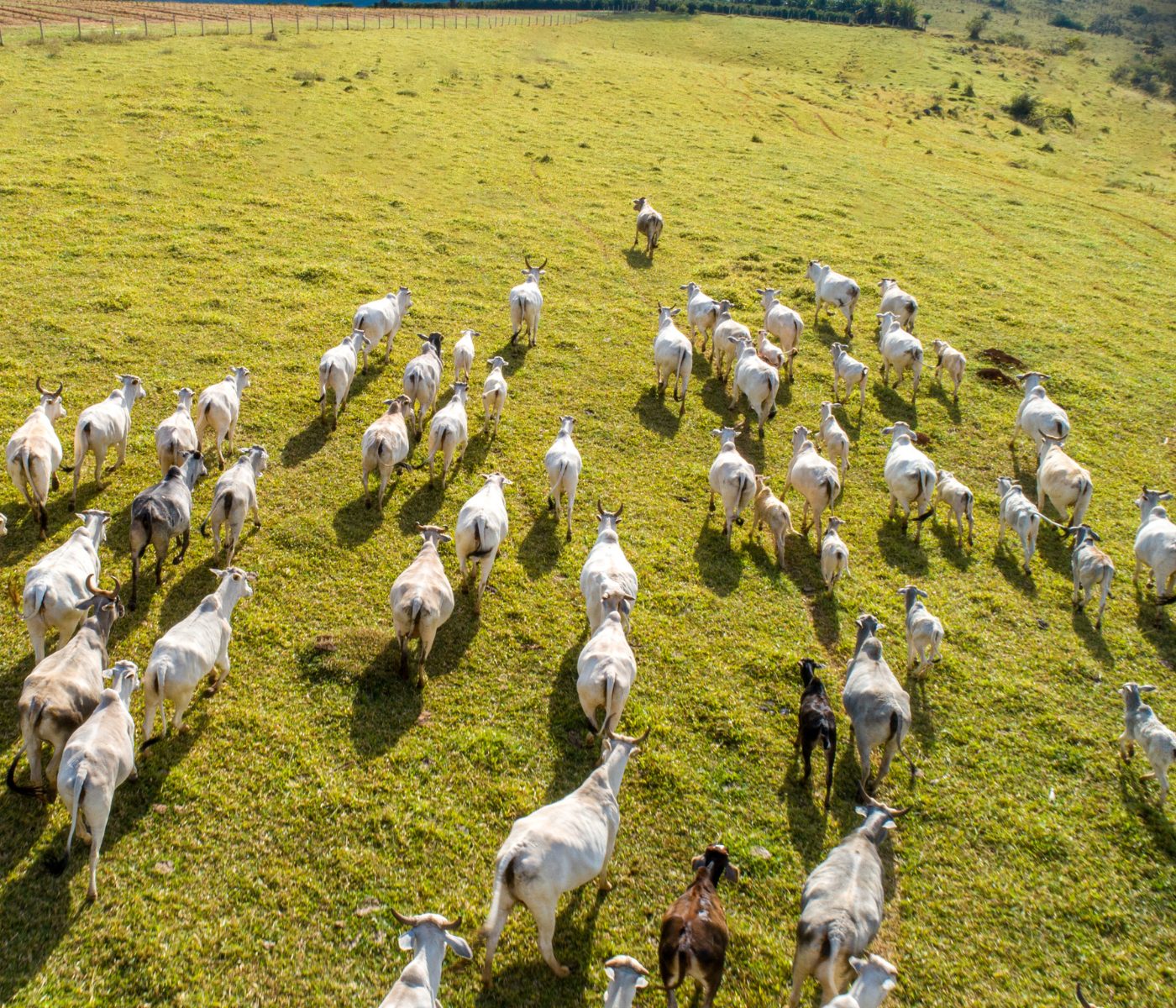 06 Jan 2025
06 Jan 2025
The use of feed additives in pasture-based animal production systems
The focus of modern livestock farming, particularly beef production, has been on developing sustainable alternatives that improve animal performance and health without compromising human health or the environment.
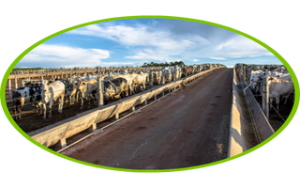 Feed additives have been used as nutritional tools since the 1970s, initially targeting the control of intestinal parasites like coccidiosis in confined animals. Over time, their benefits extended beyond animal health, including reduced mortality rates in feedlots and improvements in productivity and profitability in beef production systems. These enhancements result from changes in rumen microbiota, fermentation pathways, and nutrient digestibility.
Feed additives have been used as nutritional tools since the 1970s, initially targeting the control of intestinal parasites like coccidiosis in confined animals. Over time, their benefits extended beyond animal health, including reduced mortality rates in feedlots and improvements in productivity and profitability in beef production systems. These enhancements result from changes in rumen microbiota, fermentation pathways, and nutrient digestibility.
While feed additives are widely accepted in high-concentrate diets for improving performance, feed efficiency, and controlling intestinal diseases, their use in pasture systems poses challenges. Unlike confined systems, pasture-based production requires effective delivery mechanisms to ensure the correct dosage and frequency of additive consumption. Erratic or infrequent intake can reduce animal performance or even cause toxicity, particularly with additives like ionophores.
In pasture systems, supplementation is often used to address nutritional gaps in forage. Low-intake supplements, which are simple and cost-effective, can serve as carriers for additives, improving productivity in forage-based beef systems. However, variability in consumption and the labor required for implementation limit their use.
For instance, Cappellozza et al. (2019) observed that Nelore bulls consuming mineral salt with or without narasin only frequented feeding troughs 25–36% of the time. In contrast, offering a protein-energy supplement increased trough visits to approximately 83.5%, regardless of additive inclusion. These findings suggest that supplement type impacts intake patterns, but individual variability remains a challenge.
 Ionophores, such as monensin, are commonly used in mineral supplements and have shown to enhance nutrient absorption and improve animal performance. However, their inclusion can reduce daily supplement intake and increase variability among animals. Studies have also demonstrated that adding a protein or energy source to mineral supplements with additives can improve consumption consistency and weight gain.
Ionophores, such as monensin, are commonly used in mineral supplements and have shown to enhance nutrient absorption and improve animal performance. However, their inclusion can reduce daily supplement intake and increase variability among animals. Studies have also demonstrated that adding a protein or energy source to mineral supplements with additives can improve consumption consistency and weight gain.

 Each feed additive has unique characteristics, and its use should consider the target animal, diet composition, dosage, and management strategy. Despite challenges, the integration of additives in beef cattle diets continues to provide economic and productive benefits for the industry.
Each feed additive has unique characteristics, and its use should consider the target animal, diet composition, dosage, and management strategy. Despite challenges, the integration of additives in beef cattle diets continues to provide economic and productive benefits for the industry.
For more details, visit the full article on nutriNews Brasil.
Subscribe now to the technical magazine of animal nutrition
AUTHORS
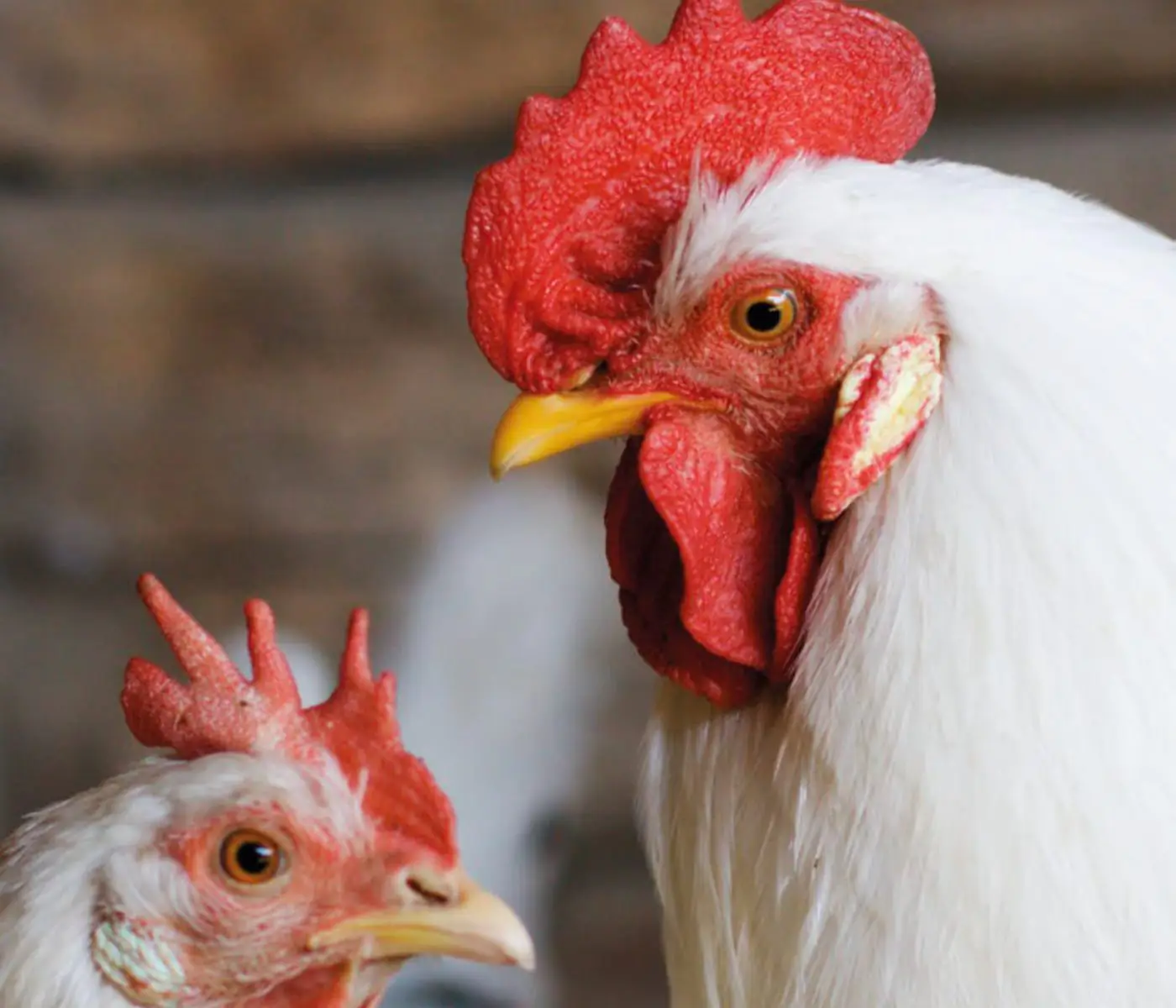
Nutritional Interventions to Improve Fertility in Male Broiler Breeders
Edgar Oviedo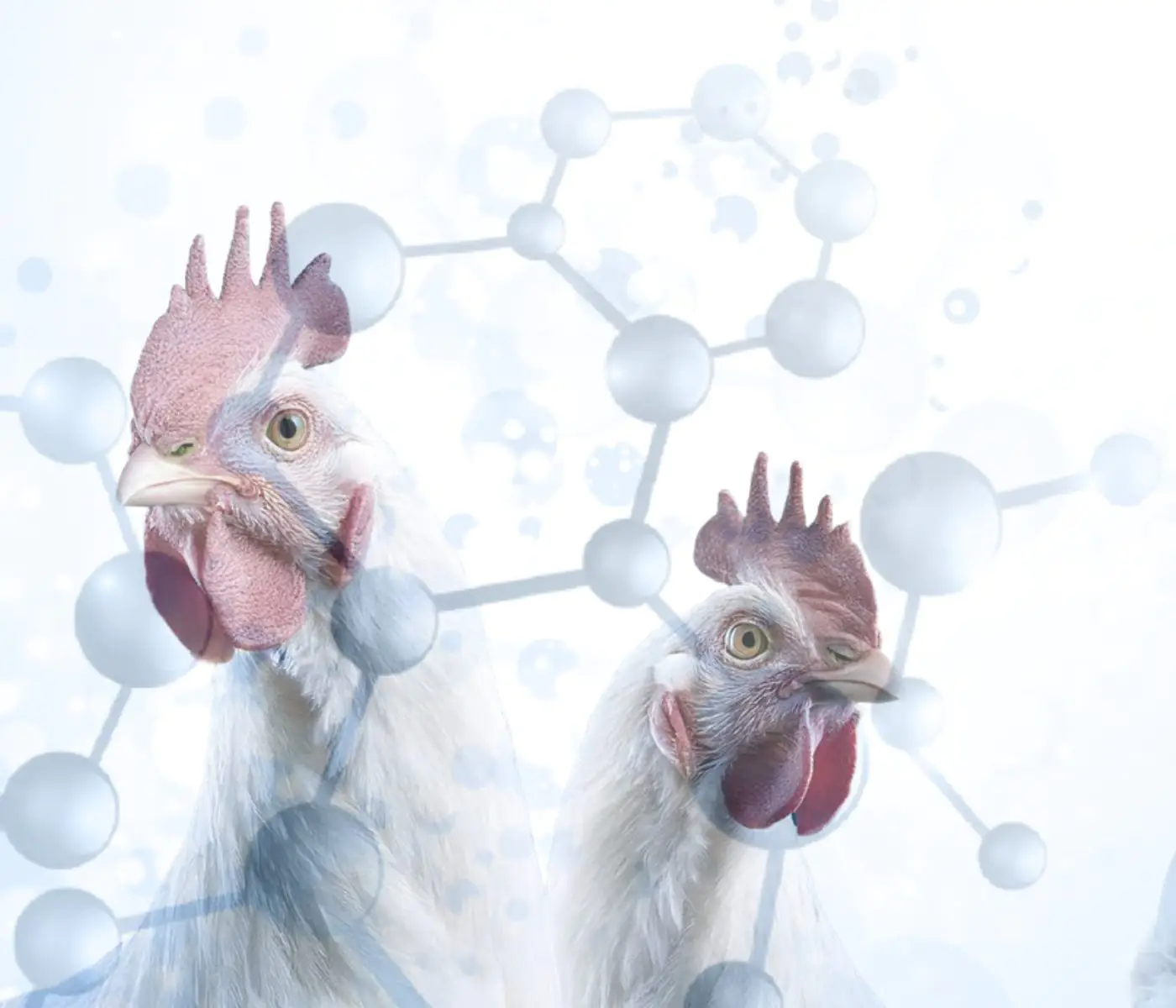
The Use of Organic Acids in Poultry: A Natural Path to Health and Productivity
M. Naeem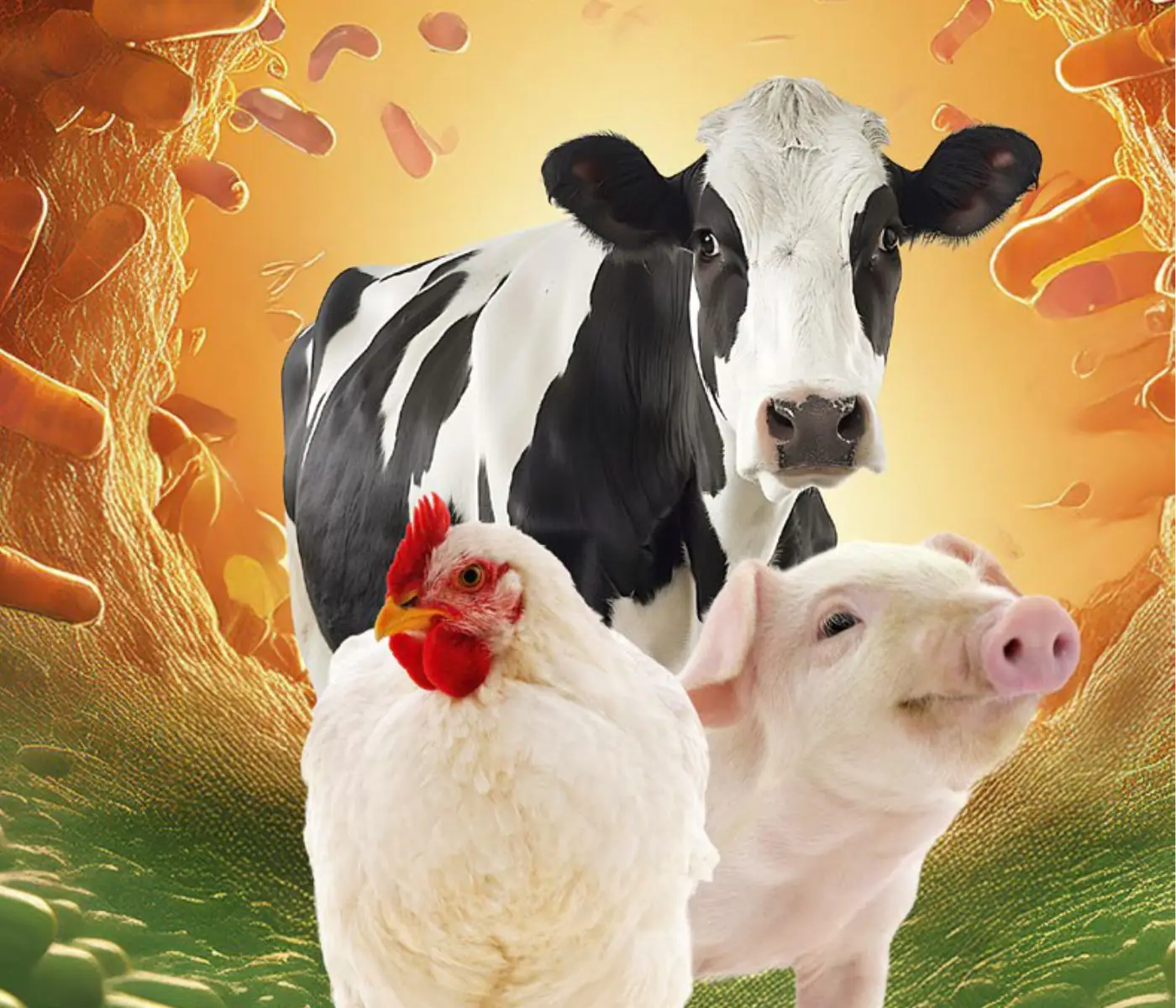
Synergistic Benefits of Prebiotics and Probiotics in Poultry, Swine, and Cattle
Gustavo Adolfo Quintana-Ospina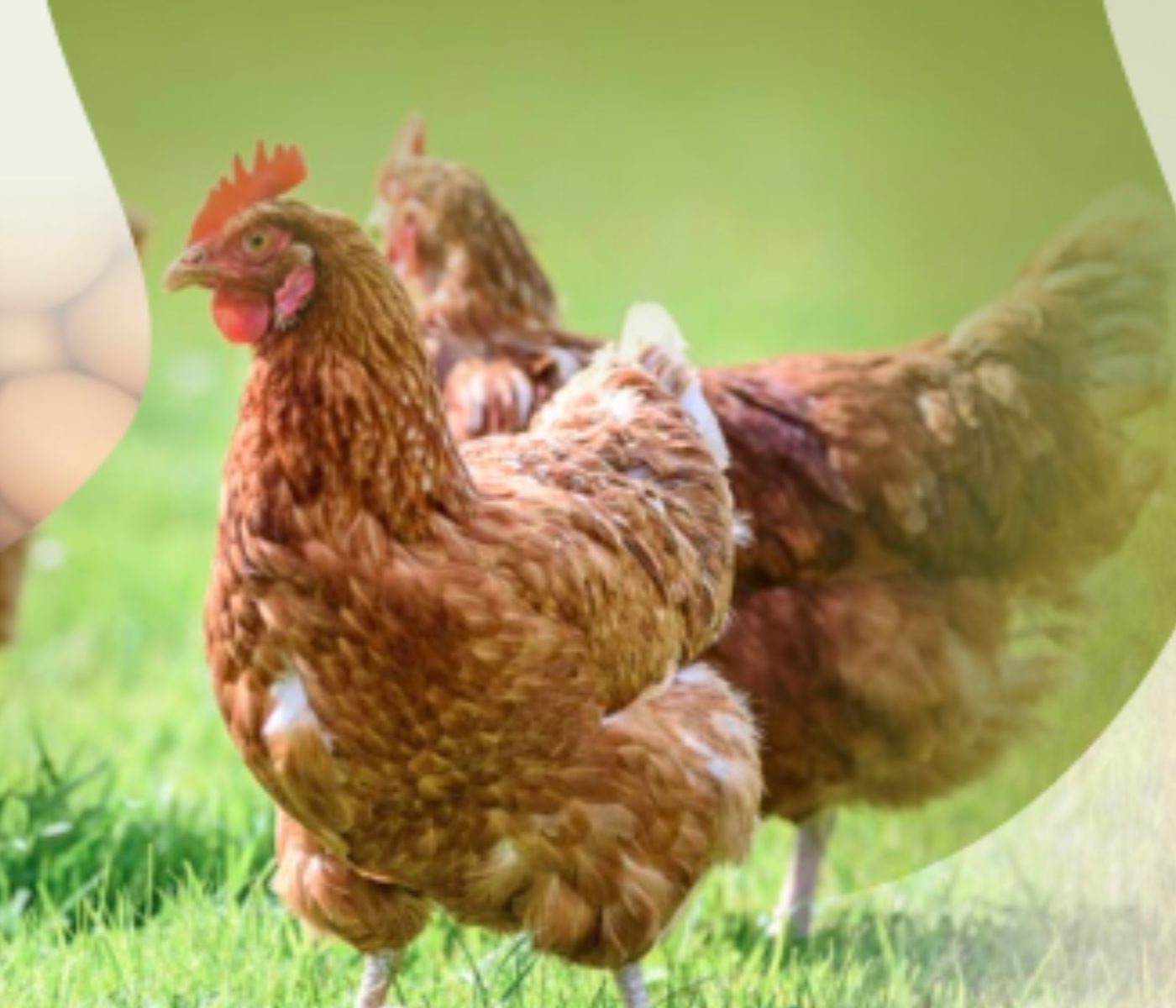
Hybrid Rye Potential in Laying Hen Feed Rations
Gwendolyn Jones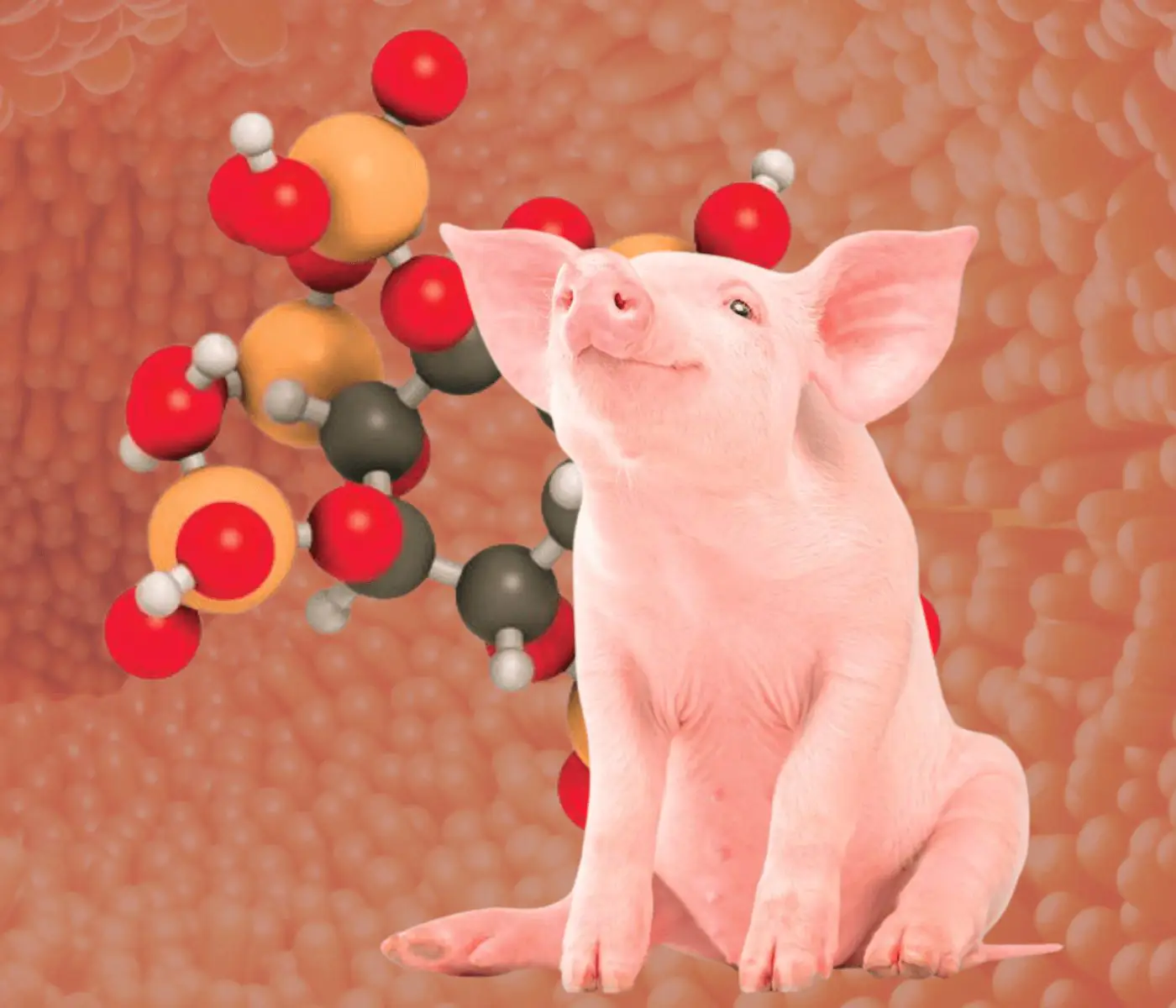
A day in the life of phosphorus in pigs: Part I
Rafael Duran Giménez-Rico
Use of enzymes in diets for ruminants
Braulio de la Calle Campos
Minerals and Hoof Health in the Pregnant Sow
Juan Gabriel Espino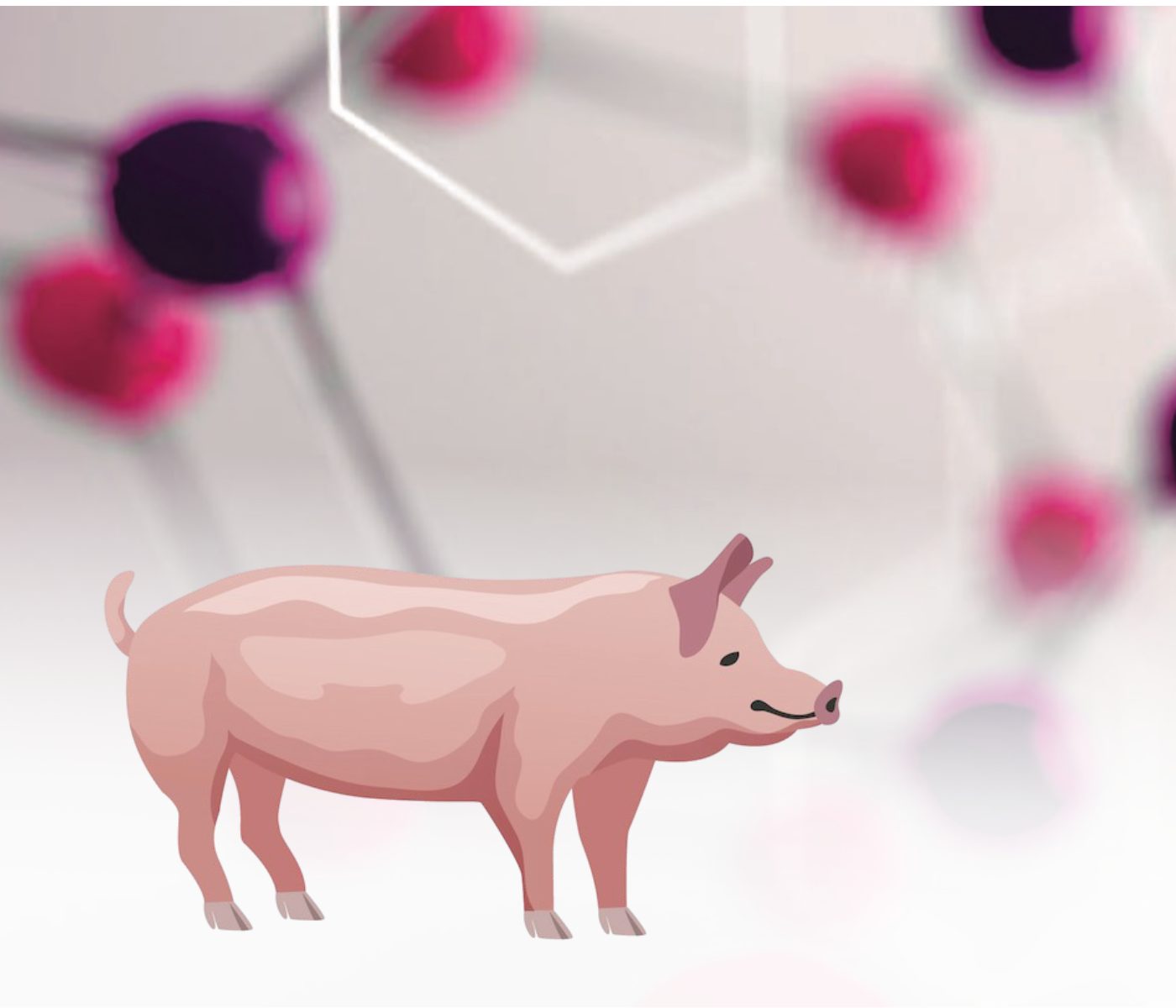
Impact of Oxidized Fats on Swine Reproduction and Offspring
Maria Alejandra Perez Alvarado